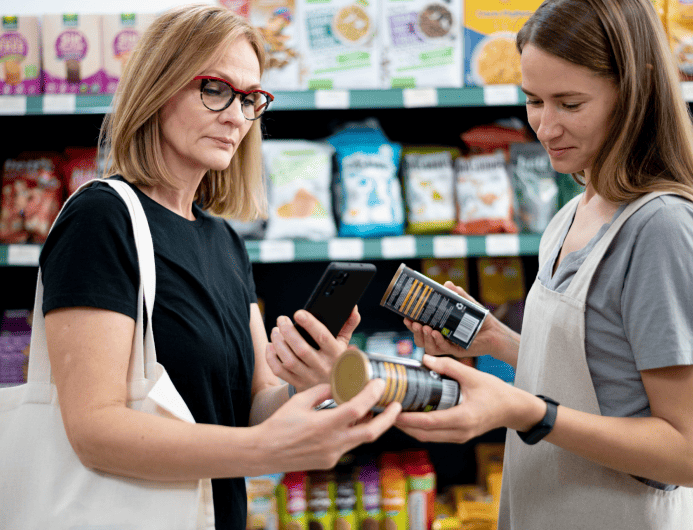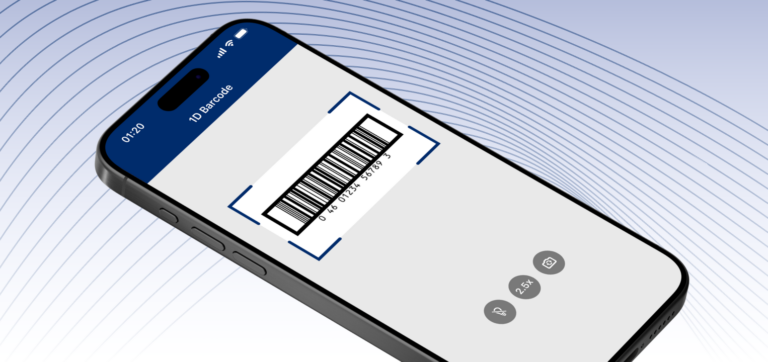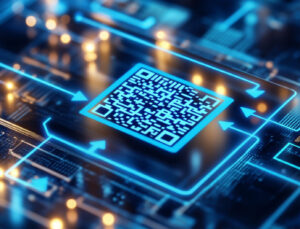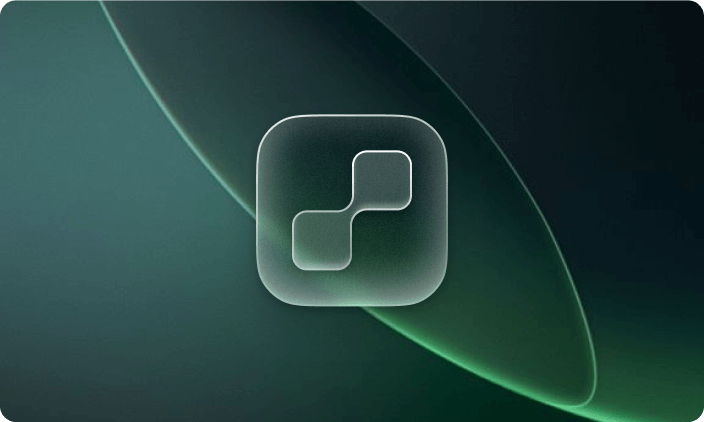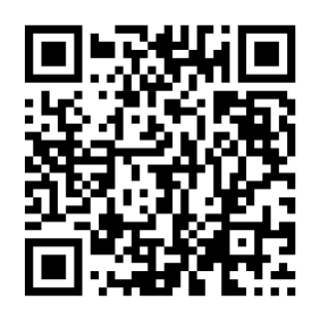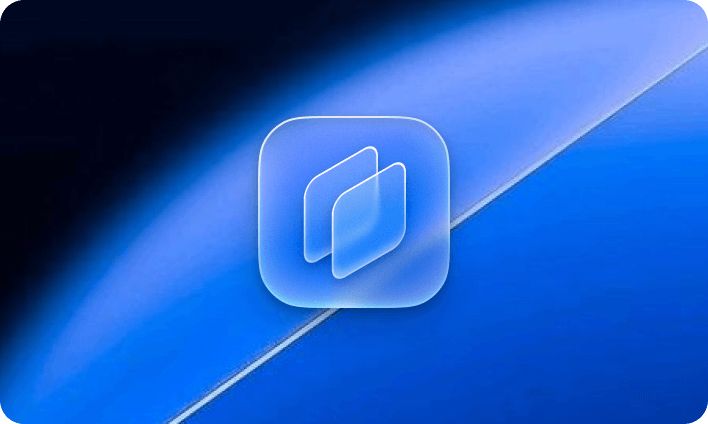Barcodes, once the result of creative problem-solving for grocery stores, are today a fundamental technology across all industries. And they are still evolving. Among the latest developments are the GS1 Digital Link and applications like the Digital Product Passport.
In this article, we’ll explore the role barcodes will play in our future. In particular, we will look at what drives the shift towards 2D barcodes, at the GS1 Digital Link standard, and at which initiatives and trends to keep an eye on.
The history of barcodes
The first barcode patent was filed in 1949 and described a bull’s-eye pattern designed to be readable from any angle. However, the bulky and expensive scanners needed made the design too impractical for wide use. And so the concept remained dormant for the next two decades.
In 1970, a committee formed to establish a uniform grocery product code, which resulted in a linear barcode design. A key advantage over the bull’s-eye pattern was that the codes were easier to print. Thus, in 1973, the Universal Product Code (UPC) was born, with its iconic black-and-white bars.
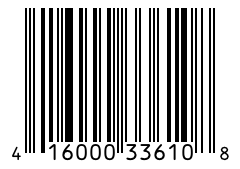
In the following years, other barcode formats appeared. Among the first were the European Article Number (EAN) – the UPC’s European equivalent – and Code 128, a barcode popular in shipping, logistics, and supply chain management.
Although they revolutionized industries, these traditional barcodes have one major drawback: They can only encode small amounts of data. As linear, or one-dimensional (1D) barcodes, they must store all data in a single line.
That’s why, in 1994, QR Code was born. Developed by a Japanese company for efficient tracking of automotive parts during manufacturing, it uses both height and width to store data. The resulting matrix pattern can hold significantly more information than traditional 1D barcodes. With its prominent finder patterns, it can also be scanned from any angle.
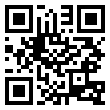
Other 2D barcode symbologies soon followed. Initially, they were mostly used in industrial settings. But with the rise of smartphones capable of reading QR Codes, they gained popularity in everyday life.
The shift to 2D barcodes: recent trends
The shift to 2D barcodes is driven by their superior data capacity and versatility. While 1D barcodes are still in use, the newer symbologies are quickly becoming the new industry standard. Adoption of QR Codes and Data Matrix is rising rapidly.
Just as the development of 2D barcodes was driven by a need for more data encoding capabilities, the most recent developments reflect the growing demand for still more information, real-time data, and easier access to it. Let’s take a look at GS1 Sunrise 2027, GS1 Digital Link, and the EU Digital Product Passport.
GS1 Sunrise 2027
GS1 Sunrise 2027 is a global initiative led by GS1. Its main goal is for all point-of-sale systems to be able to scan 2D barcodes by the end of 2027. This sets the stage for the replacement of traditional 1D barcodes such as the UPC.
The reason for this push is that 2D barcodes can encode far more information, including expiration dates, batch/lot numbers, and URLs linking to other information. Among many other benefits, this promises to enhance traceability and consumer engagement.
GS1 Digital Link
GS1 Digital Link is a global standard that turns 2D barcodes into gateways for real-time digital content. The Digital Link is essentially a URL encoded in a barcode, with one crucial difference: It can lead to different information depending on who scans it. In this way, warehouse workers will receive different information than consumers.
The key benefit of GS1 Digital Link is that it replaces several barcodes in a single code for multiple uses. In this way, it lays the groundwork for initiatives such as GS1 Sunrise 2027 or the European Digital Product Passport.
Digital Product Passport
The Digital Product Passport (DPP) is a digital record tied to a physical product that contains key information on its identity, compliance, environmental impact, and circularity. It is part of the EU’s Circular Economy Action Plan.
By scanning a barcode that links to a cloud-hosted digital passport, stakeholders can access specific information. In this way, the DPP aims to increase transparency across the entire supply chain. A major goal is to support the circular economy by providing easy access to information that helps extend product lifetimes, optimize product use, and facilitate reuse or recycling.
Hardware evolution: Mobile scanning is the future of barcodes
The shift from 1D to 2D barcodes sped up when ordinary smartphones became able to scan them. Today’s smartphones are capable of even more – thanks to modern barcode scanner software.
Mobile barcode scanners now deliver enterprise-grade performance. Increasingly, they are replacing expensive dedicated devices, even in industrial settings, thanks to a combination of workflow-enhancing features and ruggedized devices.
The Scanbot Barcode Scanner SDK reliably scans all common 1D and 2D barcode types, even in less-than-ideal conditions. Damaged, blurry, or tiny barcodes, even in bad lighting, pose no problem.
The SDK comes with several advanced scan modes to speed up many common workflows. This includes modes for Multi Scanning and Batch Scanning, which enable users to scan multiple barcodes at once or in succession.
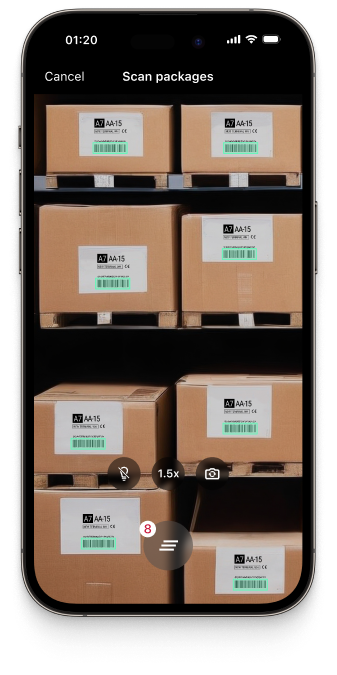
At the same time, the Scanbot Barcode Scanner SDK prioritizes data privacy and security. It exclusively utilizes on-device processing, enabling it to deliver its powerful barcode scanning capabilities without any connection to servers.
Experience for yourself how the SDK performs and try our free barcode scanner demo apps.
